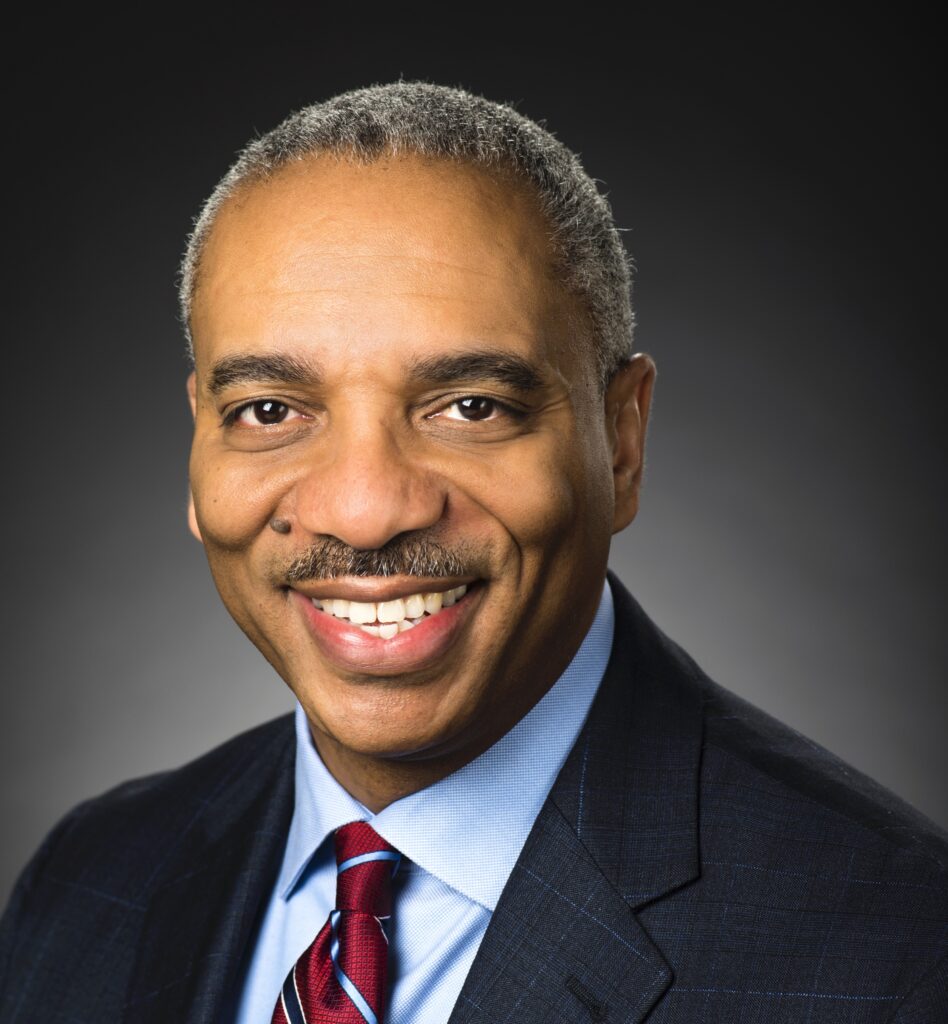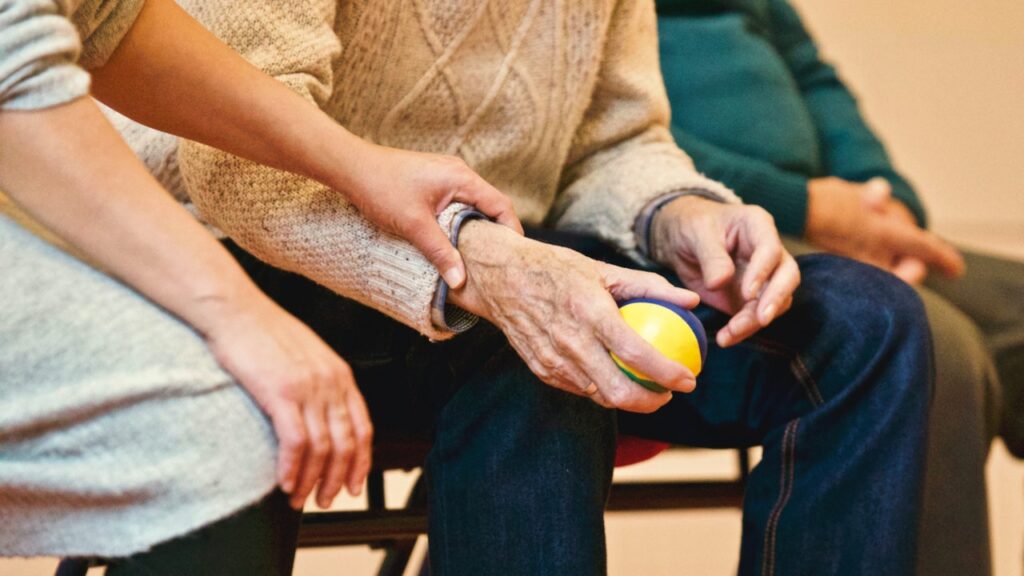Phillip W. Heath, board chair for New Jersey-based Samaritan Life Enhancing Care, will become CEO effective October 1, upon the retirement of the provider’s current leader Mary Ann Boccolini.
The nonprofit’s board of trustees unanimously voted earlier this month to appoint Heath as the organization’s top executive. Vice-chair Nandini Natrajan will succeed him as leader of the board, which Heath joined in 2018.
A veteran of the senior services sector, Health has spent his 30-year career as a leader of hospice, senior housing, long term care, and PACE programs, in addition to a stint as a health care lobbyist.
Hospice News spoke with Heath about his plans for the organization and its diversified portfolio of services, how it has been navigating the workforce shortage, and the industry’s regulatory outlook.
 Samaritan
SamaritanOf course, you’ve been in a leadership position with the organization for quite some time, but in this new capacity, what are your top priorities?
Most importantly, I’m focusing on our people, our service optimization, and our affiliations and partnerships. Those are very important areas, especially in the times that we’re in today.
Can you say more about the affiliations and partnerships?
As I look at all of our relationships in traditional hospice, we are always looking at how we can increase our average daily census, and how we can increase our admissions and referrals. But we have to look beyond that.
We have to look at how we can partner in our communities with our faith-based organizations and with other organizations that are supporting those who are struggling with social determinants of health and expanding our community education and engagement.
As board chair during the last four years, one of the things that I focused on is that we need to be an engaged board and not just a board that meets four to six times a year. We need an engaged board in our community, engaging our volunteers, engaging our staff, making sure that we begin to expand our services and look to those areas where the most vulnerable people are.
I also think that we have to look at the potential new relationships out there with long term care. We have to look at the new relationships with health systems and physician groups, and not just be comfortable with the traditional referral sources.
When I say affiliations and partnerships, I’m not even talking about being acquired. I’m talking about remaining independent and being a partner to those entities.
How has Samaritan fared during the workforce shortage the past couple of years?
We have been affected like most people, but I will say that it’s been to a significantly lesser degree than many of the providers in our same area or in similar settings. One of the things that we’ve focused on and what attracts people to us has been our reputation for our high standards of care.
We’re continuing to do that with our investment in our people. We’re investing in continuing education as well as leadership development. I know that nowadays people are leaving jobs because they don’t feel valued, or they don’t feel that they’re being developed. We’ve made significant commitments in that area. We’re going to continue to do that.
Our clinicians and health care providers who work for us are really interested in our mission and what we’ve done in the community. We want to continue to make sure that beyond our mission, we’re giving people the right tools. One of the things that we’ve done in the last year, it was really important to expand and launch our digital recruitment efforts. We are being very intentional about where we recruit and how we recruit, which is important.
I think the last area that’s been important to us to recruit outside of our physicians, and our nurse practitioners have been in our palliative medicine area and our primary care practice.
As a hospice leader, what are some of the things that have been keeping you up at night?
I sleep well at night when I’m not thinking about two major things. One is how can we continue to diversify our services and help more people in more ways — and second, looking at how we can reduce our dependence on Medicare reimbursement.
One of the things that we’re doing also is launch our new program on social isolation and loneliness with the frail elderly. I personally have aging parents, and they live in an assisted living environment. Now, they were 2,000 miles away up until about six months ago, when which I moved them close. Now, they’re eight miles away. But especially during COVID, we saw so many people struggling with isolation and loneliness. So we’re really focused on that and trying to find ways to overcome that and mitigate that.
Why is it important to reduce that dependence on Medicare reimbursement?
I think that what happens is that it reduces the community’s understanding of hospice — or of end-of-life and serious illness services — when people feel that you can’t get that service unless you’re on Medicare, or you can’t get that service unless you’re on Medicaid.
In addition to my hospice and senior living experience, I also worked in the PACE environment. I know that many times, we will have people who will say that is a great model, but I’ll never qualify because they would never qualify for Medicaid. And we see that in the hospice. I have people who say, “I love that model, but I don’t want a chaplain, I just want a nurse and a social worker.”
So what do we do? We say that we can skip and modify the care plan. Or do we say, if you’d like to pay for those services, these services are available to you. A managed care organization may say that they’re really just interested in the social worker and the nurse because that’s where we see the greatest issue with their members. How do we do that?
I still believe that we should have the full range of interdisciplinary care. That’s very important, and that’s something I truly believe in because that’s true managed care. But I think that we should offer choices.
What are some of your biggest concerns as you’ve looked at the regulatory landscape this year?
In my work experiences, I’ve also served as a lobbyist for hospice. I think that the challenge in our environment is the increasing regulations. Sometimes I am a believer. The regulations are good. It helps to create balance in the environment, but sometimes it can be stifling.
With the increased scrutiny by the [U.S. Department of Health and Human Services Office of the Inspector General (OIG)], It can be challenging. But I’m also a believer that in every environment that I’ve ever worked that we have to be survey ready. You don’t have to wait until a crisis occurs and then say all of a sudden, “How did this happen to us? How do we get into this situation?”
One of the things that I talked to the team here about is that we should always focus on exceeding our national hospice quality benchmarks. We want to make sure that we’re doing that. I believe that comes with always being survey ready, and also the commitment that we have in developing our team.
Samaritan rebranded in 2022 to reflect its expanded scope of services. Can you tell me about the service lines you’ve added and what proportion of your total business is still hospice?
There are four areas that we primarily focus on as we look at what we call life-enhancing care and care around serious illnesses. It’s hospice, palliative medicine, primary care at home, and our grief support.
With all of those services, we served just under 11,000 patients this past year. We’ve served over 3,600 patients and families in the hospice sector, almost 7,000 in our palliative medicine, 1,300 in primary care at home programs, and nearly 7,000 people through our grief support services.
My understanding is that one of the reasons for the service diversification was to gear up for value-based reimbursements. Are you working within any value-based arrangements currently?
There are two major areas that we’re focused on right now. Primarily with our Samaritan HomeVisit Physicians, we’ve been working through the Primary Care First program.
Most recently, we have partnered with [the Accountable Care Organization] Responsive Care Solutions. That organization is really focused on pulling together not-for-profit hospices that have similar missions as well as a collaborative peer group. This is focused on frail elderly populations. We look at it as extending services beyond traditional hospice, and it’s totally consistent with our mission and their mission, and continues to help us to remain relevant as we continue to expand in the world of value-based care.
Would you update me on Samaritan’s Institute for Education, Research, and Innovation, the work you’re doing there, and how it’s progressing?
It’s actually one of the most exciting areas that we’re working on right now. The institute has actually been around for a long time, but we’ve poured some more resources into it over the last few years.
We have really focused on education and advocacy. One of several things that we’ve been doing is our fellowship in hospice and palliative care, which we’re going to be expanding over the next several years.
Through a partnership with Rowan University School of Osteopathic Medicine, we provide rotations to medical residents as well as nursing students every year. Ongoing training and talent development programming kind of runs through the Education, Research, and Innovation Institute.
We want to make sure that we’re focusing on talent development, and that doesn’t always mean that everyone wants to become a manager or vice president. It can mean that they want to feel valued in the work that they’re doing, and that we’re giving them the tools they need to be successful.
We also provide continuing education and opportunities for physicians and other clinicians in our community, and we’re excited about that as well.



